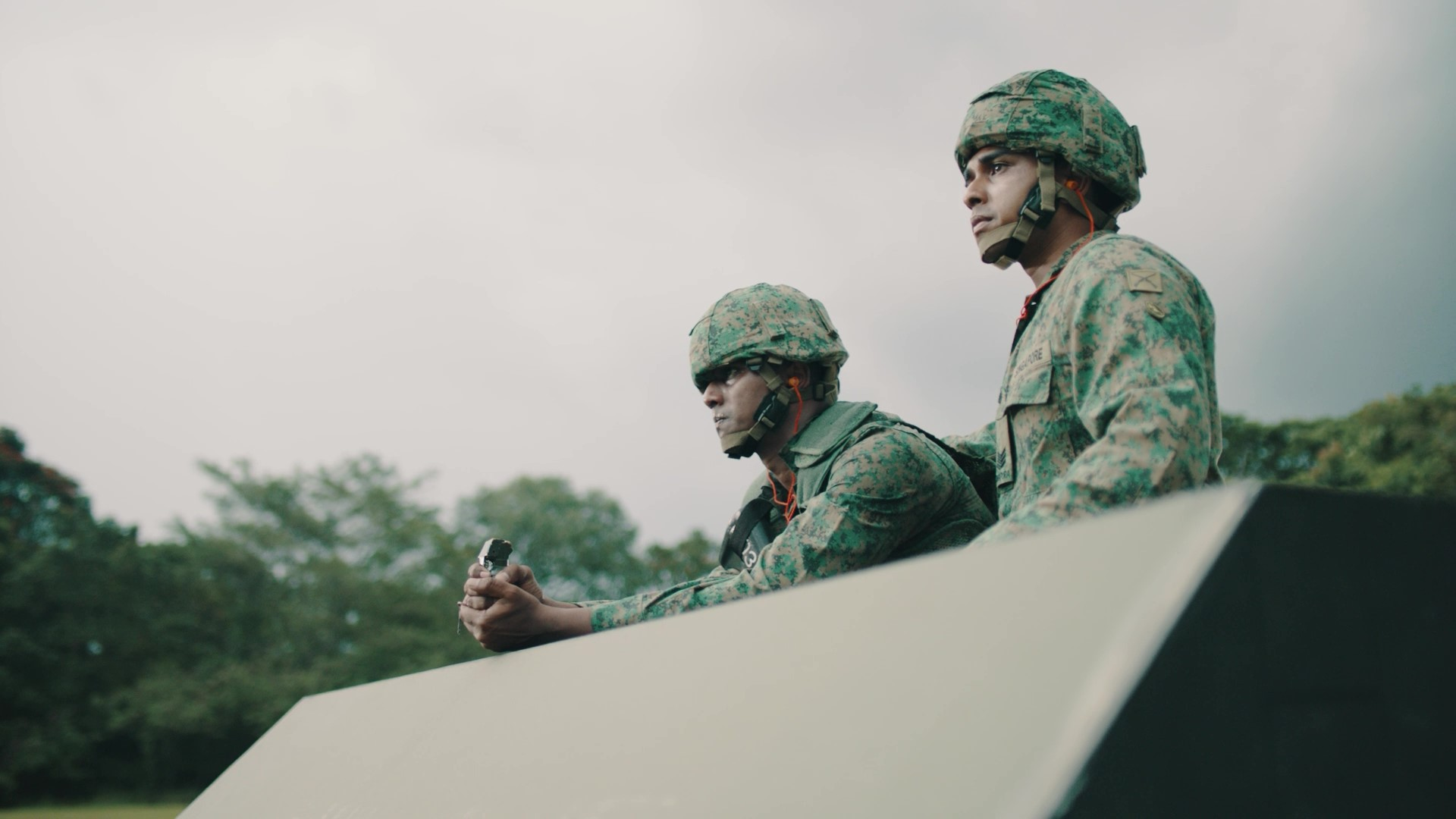No one really gives a thought about the people who helped to physically build the city; the iconic Marina Bay Sands, the new and upcoming MRT stations, our HDB flats… the list goes on. Migrant workers in Singapore definitely play an essential role in our city, and the short film, Searching for Wives, which was selected to be screened at Filmschoolfest Munich, sheds light on these workers.
Produced by upcoming filmmaker Vigneswari Nagaraj (aka Vicki), the film tells the story of Partha, a migrant worker from India who’s on the search for a wife back home. As part of her final thesis project for Lasalle, she worked with a photo studio on Kerbau Road that has taken numerous portraits for migrant workers to be sent back home, in the hopes of being match-made successfully. Here, Vicky shares with us why she decided to document this story, her most memorable moments during the production of the film and more.
Tell us a bit about Sajeev Studio?
Sajeev Studio is run by both husband K. Sajeev Lal and wife Sheeja Shaj. Their studio is located in Little India and the owners are very hospitable, especially towards shy migrant workers who approach them to get their photos taken for matrimony reasons.
How did you come upon this story, and what made you want to turn it into a film?
The story was pitched to me by the director of the documentary, Zuki Juno Tobgye. As a producer, I was enthralled by the concept of immigrant workers finding love through the help of a photo studio in Little India. I wanted to produce this documentary mainly because I wanted to show that migrant workers are also humans with desires of finding love and companionship. I also got to explore the themes of love and displacement, which questions our own preconceived notions of migrant workers.
What was your experience with migrant workers been like prior to the film?
I was nervous as it was unchartered territory for me, and just like any other individual on the street, I did not think much about migrant workers. It was really an eye-opening experience. I hope people who get to see the documentary will start to realize that migrant workers are just like us.
To what extent were the studio owners and customers forthcoming with you about your film?
Sajeev and Sheeja welcomed the idea of featuring their studio in our documentary and were most willing to help out. Our biggest hurdle has to be approaching the migrant workers who frequent the studio, and trying to convince them to appear in our documentary. Some of them were skeptical in appearing in front of the camera as they didn’t want to be exposed or be seen on any form of media. A handful of them were helpful in coming forth to give us interviews and talks about their experience with Sajeev Photo Studio as their go-to-place in taking matrimony photos to send home.
What was the most memorable story you’ve encountered while shooting this film?
My most memorable story has to be the main subject of the film, Patha. Meeting him was very timely and unexpected: just when we were packing up to call it a day, he walked into the studio with his charming and outgoing personality. The director and I knew that Patha was the most suitable person to be featured in our documentary as he wasn’t camera shy.
He was looking for a bride back home in India and wanted to settle down before turning 32 as he believed that getting married at an even number age is considered unlucky.
How has your outlook on marriage changed as a result of this film?
I still think marriage is a form of commitment shouldn’t be rushed just beacuse they’re pressured by society or their families. Most of the migrant workers are willing to settle for arranged marriages because they do not have the time to meet the girl on their own as they are busy working to provide for their families.
I used to find the notion of arranged marriages repulsive, as I feel that everyone should meet the person they are going to marry on their own accord. After meeting some of the migrant workers and understanding their need for arranged marriages, I think it is subjective as every individual has their own needs and there is nothing wrong with finding a life partner with the help of others.
Were there any issues you intended to explore in the making of the film?
Migrant workers are prevalent in Singapore. However, how much do people care to learn more about the people who serve them and their country? They are similar to those they serve, fuelled with the same emotions such as loneliness and love. I wanted to portray migrant workers in a positive light after the Little India riot. My aim was to show that they are also human beings in search of love, companionship and happiness.
What do you want the audience to take back from watching the film?
I want audiences who watch the documentary to start looking at migrant workers with a different perspective. The documentary is light-hearted and will definitely put a smile on anyone’s face while watching Patha and his quest to find a bride. Just like Patha, there are many who yearn for a lifelong companionship, and this documentary will show the rest out there that they are not alone in this world.





